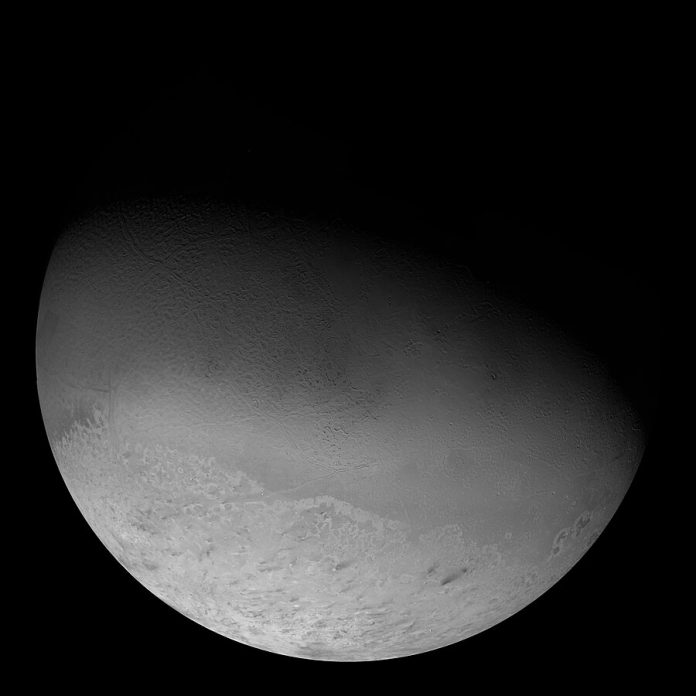
On this day in 1846, astronomer William Hessel discovered Triton, the largest moon of the planet Neptune, just 17 days after Johann Galle discovered the gas giant itself. Rather an impressive feat, for home-built telescopes.
Technology has come a long way, in more ways than one. I serendipitously came across a series of impressive videos on astronomy by ‘Astrum’. Even for the visuals alone, they’re worth the watch, and one of the good things one can do with YouTube.
While we’re on Neptune, the two from Astrum linked below follow the path of the two incredible Voyager (1 and 2) probes which, with on-board computers dating from the 80’s – they literally have 8-tracks on board – managed to travel more than a billion miles, taking close-up, fly-by photographs of the outer planets and, yes, their moons. After nearly half a century, the two probes are now at the farthest reaches of the solar system, past the heliosphere, hurtling towards interstellar space, and still sending back data. Old tech is often better. On board are ‘gold discs’ with songs and cultural records of who we are, just in case any aliens out there find them. (And, no, I don’t really believe in sentient life out there – at least, it would raise many soteriological problems; see Carl Sundell’s latest post).
For all current and potential astronomy buffs – and I’ve been one since my earliest days – enjoy:
caeli enarrant gloriam Dei
